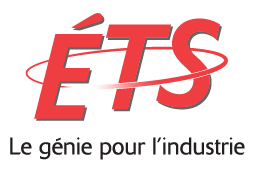
The main objective of PLANET project is the design, development and validation of an integrated platform to enable the deployment, operation and maintenance of large-scale/complex systems of heterogeneous networked Cooperating Objects, including Wireless Sensor and Actuator Networks and mobile objects. The platform supports optimal and adaptive deployment and operation by means of mobile cooperating objects, i.e. vehicles, networked with static nodes. The platform is validated in two complementary scenarios: the monitoring of the Doñana Biological Reserve with very high ecological value and very sensitive to the impact of pollution, and the highly automated airfield scenario in which security plays an important role and where wireless communication and cooperative techniques pose significant challenges.
PLANET addresses the design methodology and development of the platform as well as the algorithms required to support the deployment and maintenance of heterogeneous systems with mobile and static nodes.
We use RTI DDS as the middleware for the communication between heterogeneous Cooperating Objects, such as UAVs, UGVs and ground sensor networks. Upon RTI DDS we build a set of PLANET services to ease the deployment, operation and maintenance of heterogeneous networked Cooperating Objects.
For more information of the Project PLANET, you are welcome to visit the website: http://www.planet-ict.eu/







